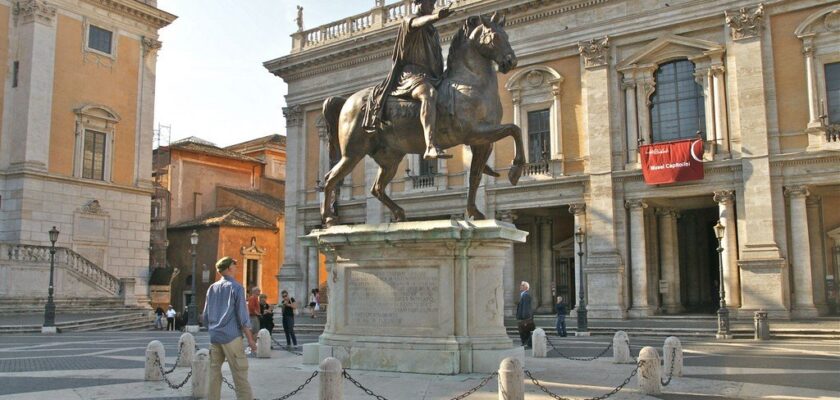Capitoline Hill in Rome
The Capitol is historically the most significant hill of ancient Rome. In Antiquity, it was the site of the political and religious center. On the site of the former temple of Juno-Moneta now stands the Basilica of Santa Maria in Arakeli, which is reached by climbing a steep external staircase. Its first side chapel on the right, the Capella Bufalini, houses the main work of the Renaissance artist Bernardino Pinturicchio: “Scenes from the Life of St. Bernardine”. Another external staircase, guarded by the monumental figures of the brothers Castor and Pollux, leads to the Capitoline Square, which, designed by Michelangelo, became one of the most beautiful Renaissance squares. The antique equestrian statue of Marcus Aurelius installed in its center is a copy, the original is kept in the Capitoline Museums. The Palace of Senators at the end of the square was built in the XVI century on the ruins of the ancient tabularium, the state archive of ancient Rome, now – the residence of the mayor and city council. On both sides of the two-marched staircase are ancient statues symbolizing the Nile and the Tiber. In the center of the square in front of the palace is a fountain with a statue of the goddess Minerva.
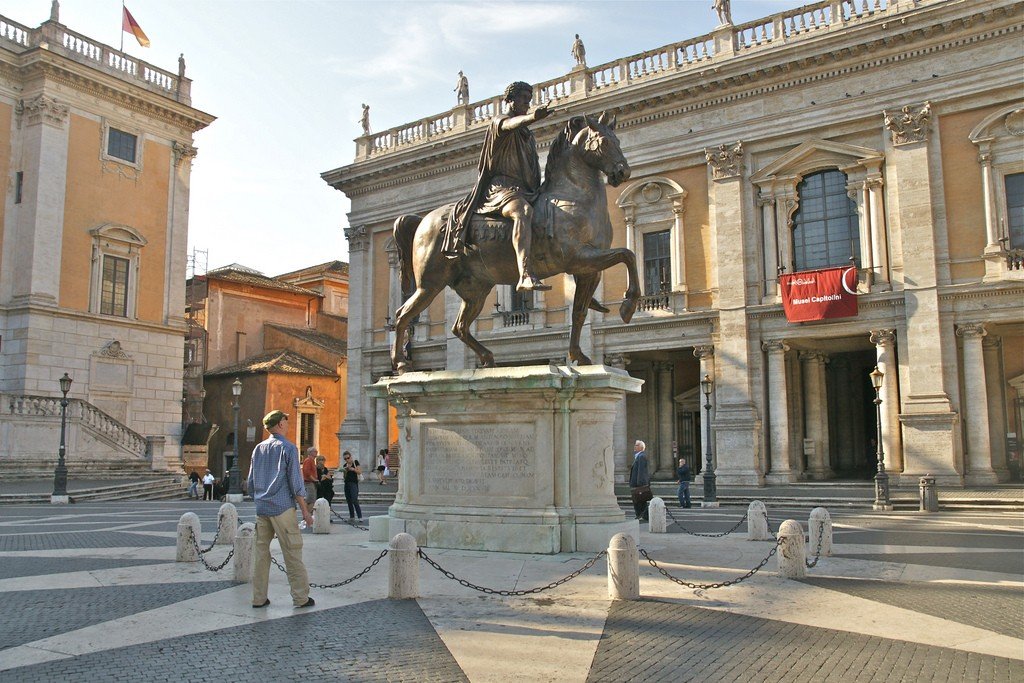
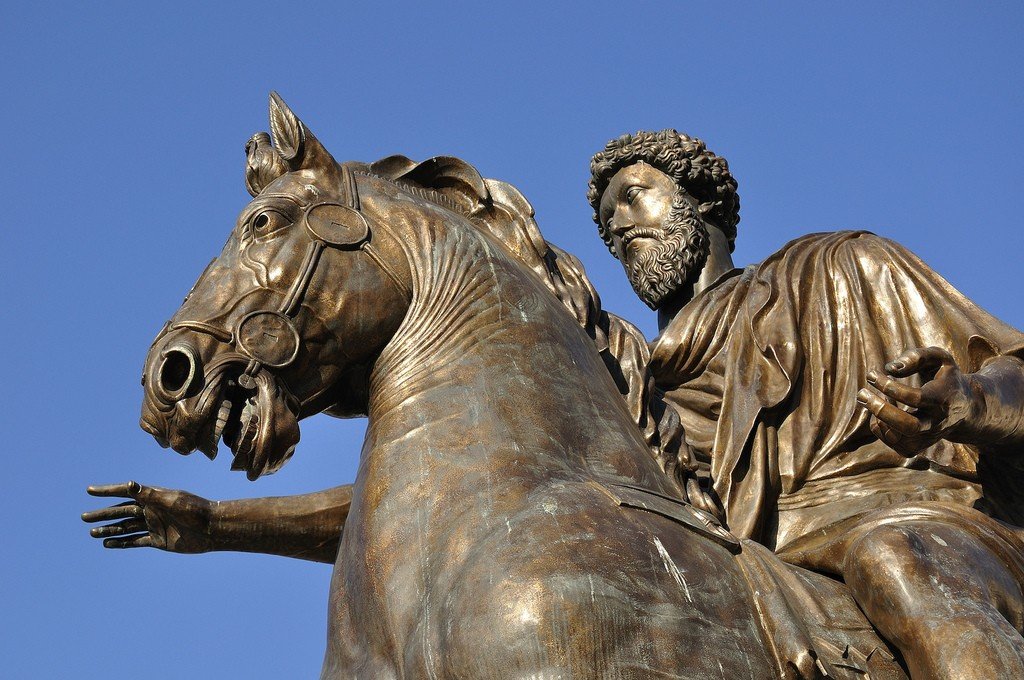
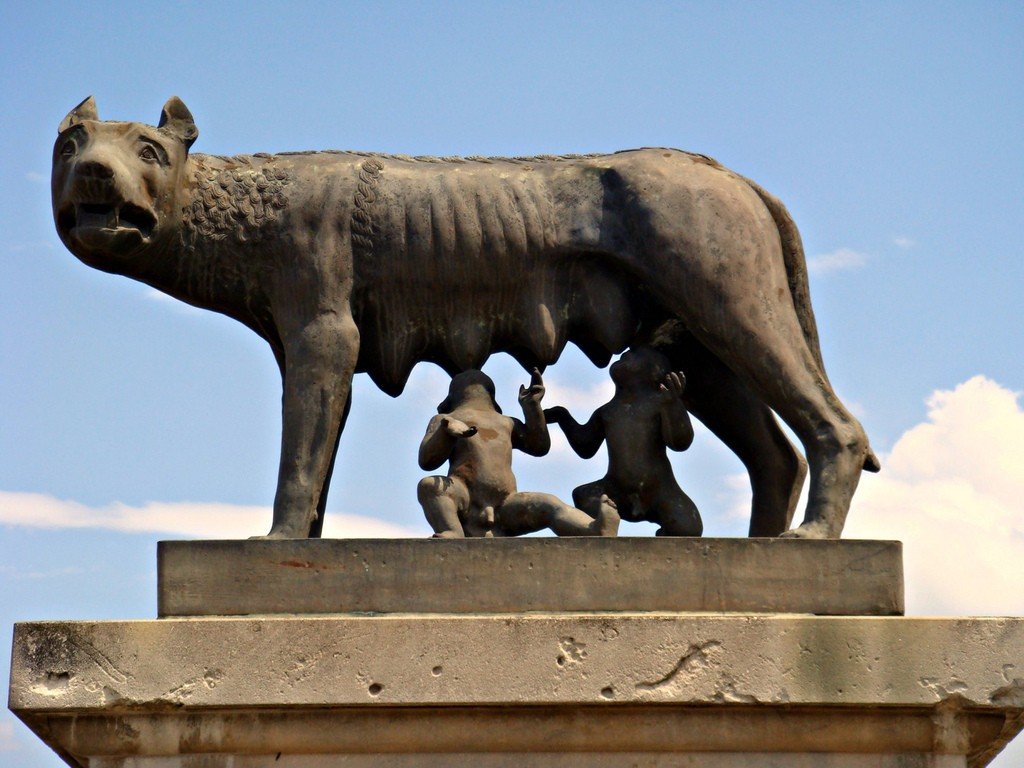
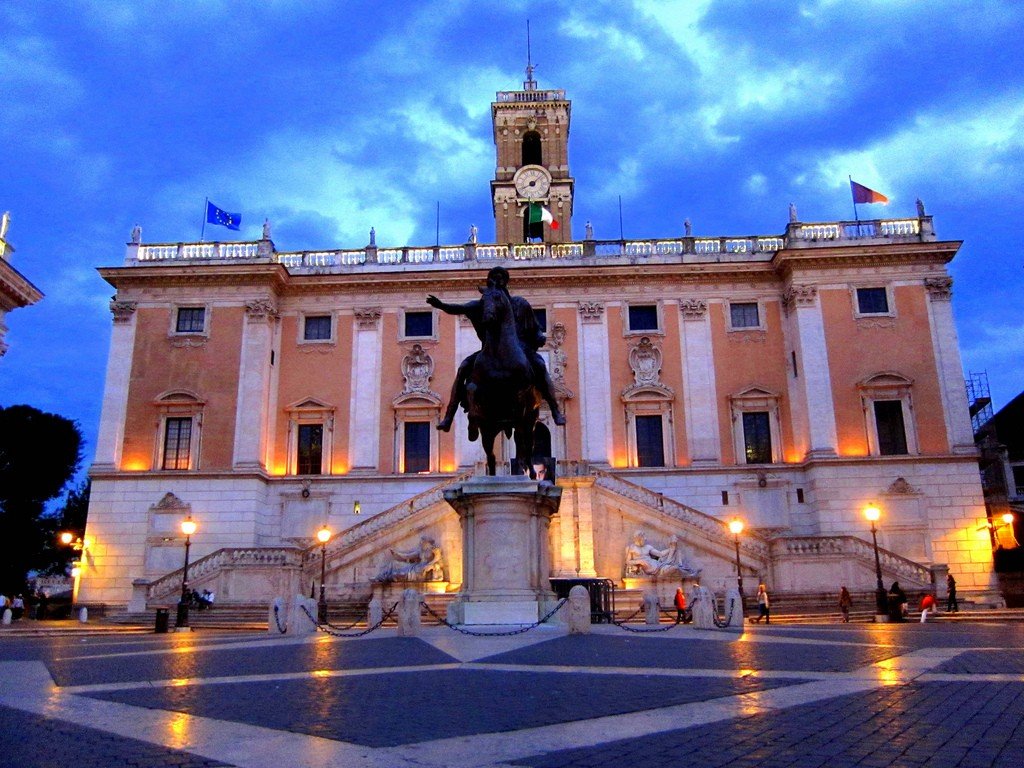
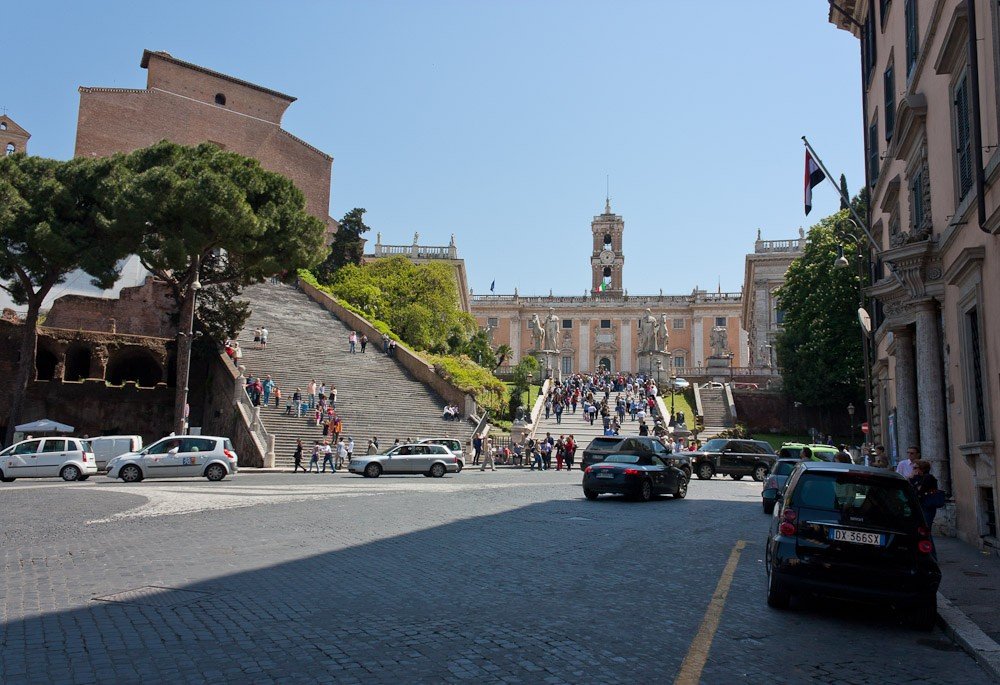
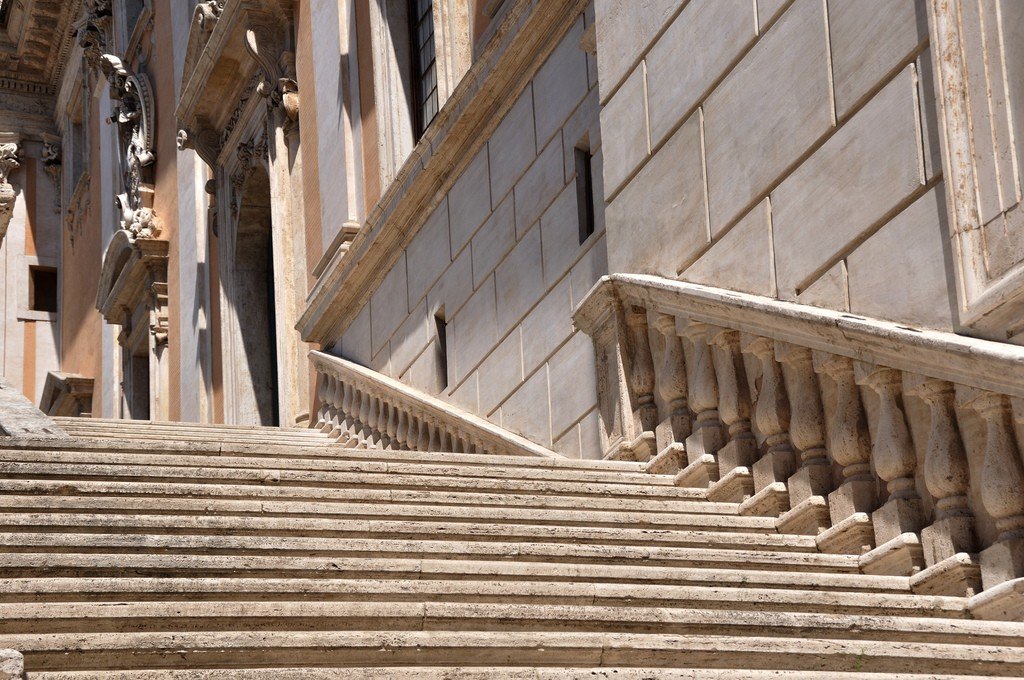

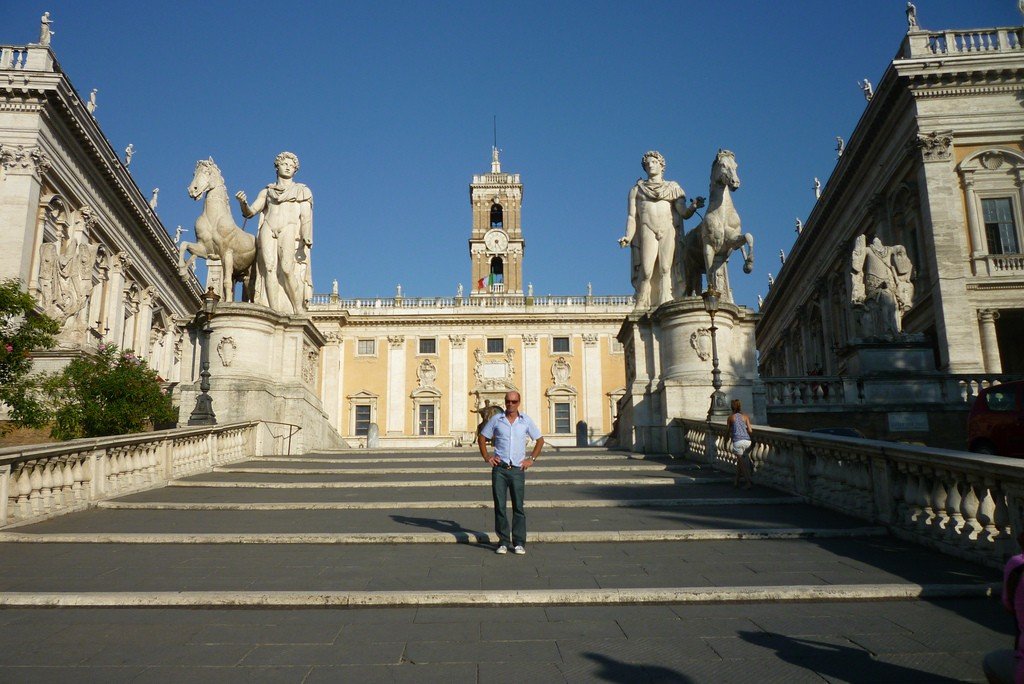
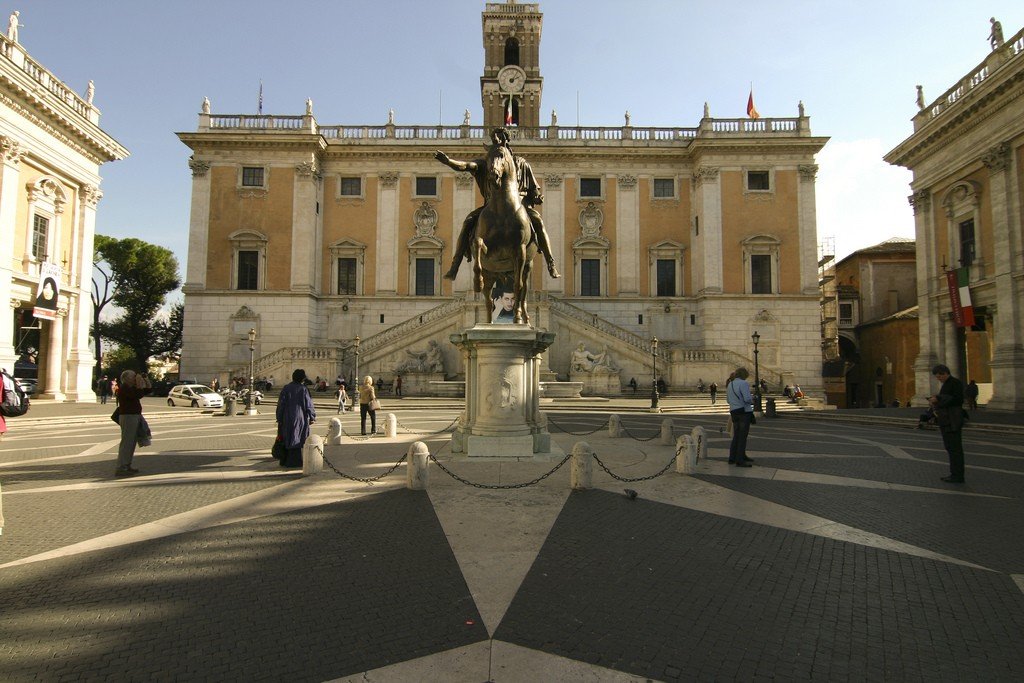
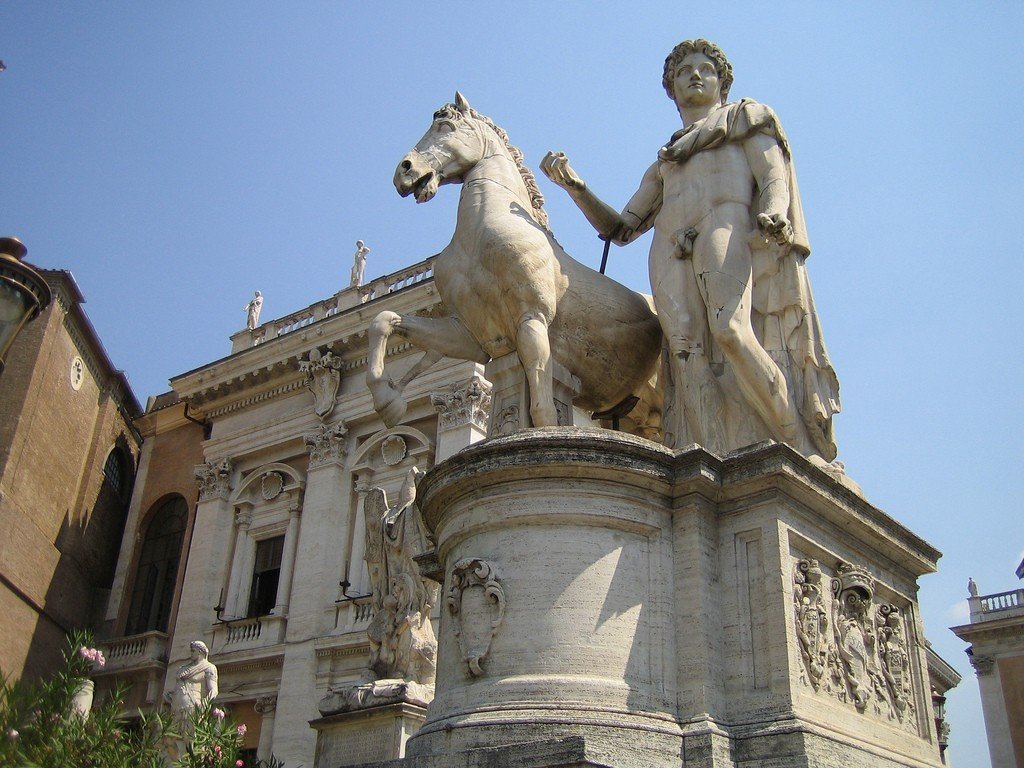
The square is flanked by the Capitoline Museums. The masterpiece of the sculpture collection in the Palazzo Nuovo is a Roman copy of Praxiteles’ famous Aphrodite of Cnidus. In the courtyard of the Palace of Conservators, built in the XVI century, there are fragments (head and hand) of a giant marble statue of Emperor Constantine (12 m). On the second floor in the Sala dei Trion di Mario you can admire the world-famous Roman sculpture “The Boy Extracting a Splinter”, and in the Sala della Lupa the equally famous Capitoline She-wolf. Bronze figures of Romulus and Remus were added to the Etruscan original in the 15th century.The Capitoline Art Gallery on the third floor displays paintings by Titian, Tintoretto, Caravaggio, Lorenzo Lotto, and Veronese.
.The Palazzo Caffarelli, standing behind the Palazzo Conservatorio, is home to the New Museum, which houses 5th century BC Greek sculptures, sarcophagi, funerary urns and many other archaeological finds.
.